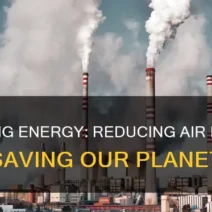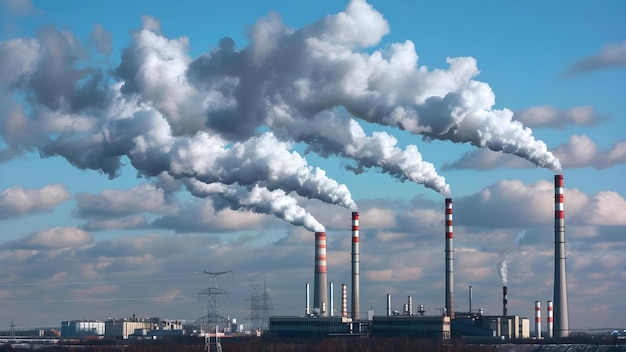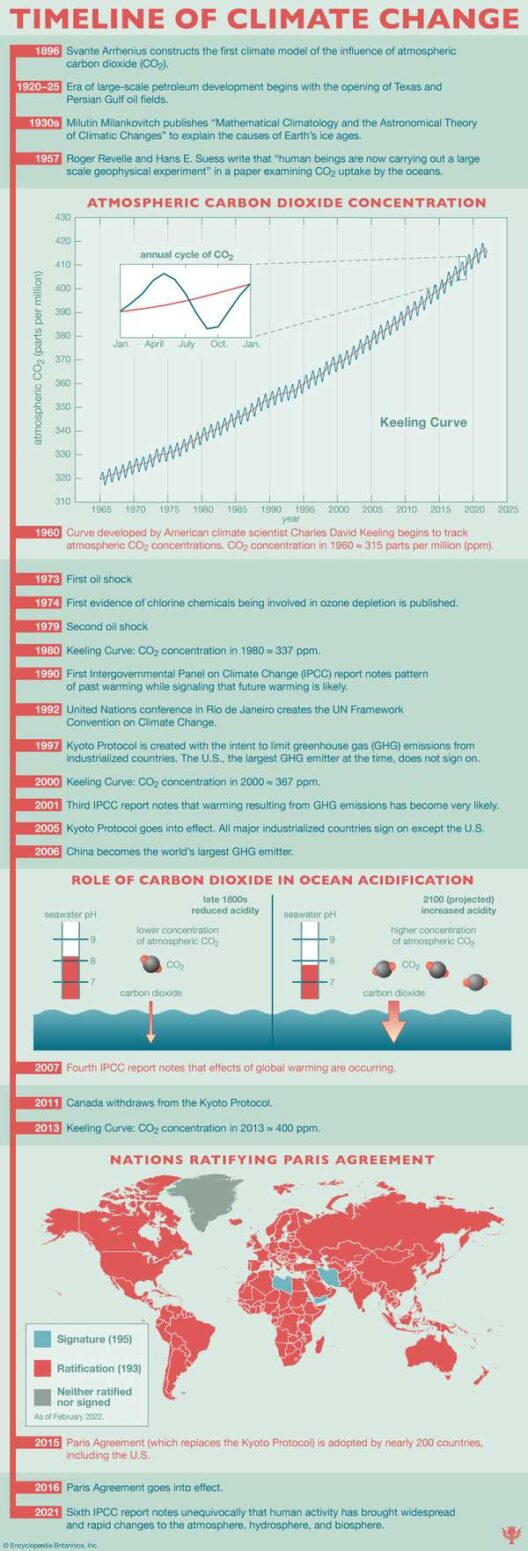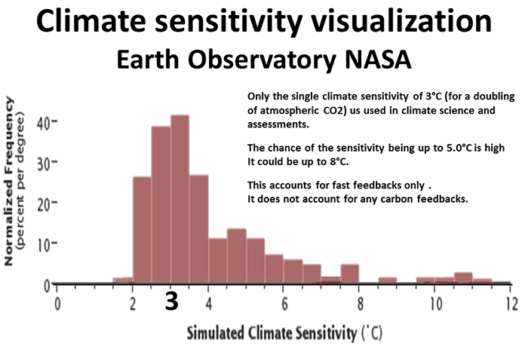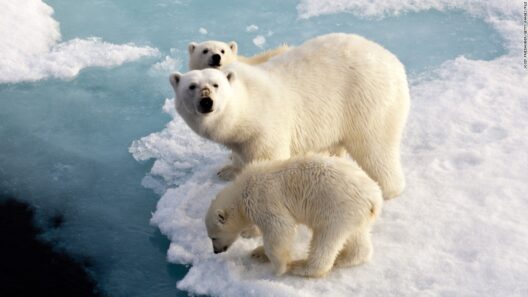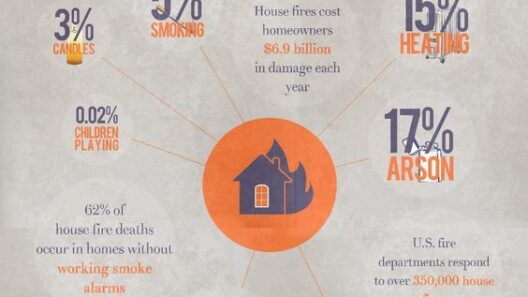The ocean’s immense body of water harbors secrets that are vital to understanding the intricate balance of our planet’s climate. The seas act as a significant regulator of global temperatures, absorbing colossal amounts of carbon dioxide and heat. However, their role in climate dynamics is complex, as they both help mitigate and exacerbate global warming. Exploring this duality reveals critical insights into climate change, providing a window into the marvels and mysteries of our planet’s watery expanses.
To comprehend the ocean’s influence on climate, it is essential to recognize its capacity for carbon sequestration. Oceans capture nearly a third of the anthropogenic carbon dioxide emitted into the atmosphere. This process is facilitated through a multitude of mechanisms, including direct absorption at the water’s surface and biological processes involving marine life. Phytoplankton, microscopic plants inhabiting the ocean’s upper layers, play a pivotal role in this carbon cycle. Through photosynthesis, they convert carbon dioxide into organic matter, effectively sequestering carbon and producing oxygen in the process. Yet, this natural prowess is not without its limits. As atmospheric carbon levels rise, oceanic conditions shift, creating repercussions for these foundational organisms.
Warming waters pose an existential threat to the ocean’s biological equilibrium. Increased temperatures lead to phenomena such as coral bleaching, where stress from elevated heat causes corals to expel the symbiotic algae they rely on for nourishment. This not only disrupts local ecosystems but also diminishes the ocean’s ability to sequester carbon, thereby exacerbating global warming. Coral reefs, often dubbed the “rainforests of the sea,” are crucial biodiversity hotspots and significant carbon sinks. Their loss has profound implications, contributing to a feedback loop where less carbon is naturally absorbed, resulting in higher atmospheric carbon dioxide levels.
Moreover, ocean stratification— the layering of water masses based on temperature and salinity— has implications for climate. As surface temperatures rise, the warmer, less dense water remains atop the cooler layers, impeding the vertical mixing that facilitates nutrient transport and carbon cycling. This stagnation not only affects marine ecosystems but also diminishes the oceans’ efficacy as a carbon sink. Scientists predict that if current trends persist, this stratification could drastically alter ocean circulation patterns, leading to unforeseen climatic consequences.
In addition to carbon absorption, oceans play a crucial role in regulating weather patterns. The interplay between sea surface temperatures and atmospheric conditions contributes significantly to the formation of weather systems. For instance, El Niño and La Niña phenomena demonstrate how fluctuations in ocean temperatures can lead to extreme weather events across the globe, including intensified storms and droughts. Such events highlight the interconnectedness of oceanic and atmospheric systems, emphasizing the potential for cascading effects that can amplify the challenges posed by climate change.
The impact of melting polar ice caps adds yet another layer of complexity to this narrative. The polar regions, which house some of the planet’s most pristine ecosystems, have been subjected to unprecedented warming. As glaciers and ice sheets melt, fresh water enters the oceans, altering salinity and potentially disrupting major ocean currents such as the Gulf Stream. These currents are essential for redistributing heat around the planet, and any significant changes could lead to pronounced climatic shifts, including altered weather patterns and rising sea levels. The implications of rising sea levels are dire, threatening coastal communities and ecosystems alike.
Despite the challenges posed by climate change, the oceans also offer hope through the concept of marine restoration and sustainable practices. Initiatives aimed at restoring mangroves, seagrasses, and salt marshes can enhance the ocean’s capacity for carbon sequestration while preserving critical habitats for marine biodiversity. Additionally, advocating for sustainable fisheries and reducing plastic pollution are vital steps in ensuring the health of our oceans, thus allowing them to continue playing their protective role against climate perturbations.
Public awareness and education are essential to galvanize action in preserving our oceans. The general perception of the ocean as an inexhaustible resource needs to be dispelled. Understanding its delicate balance and the implications of human activities can drive meaningful change across communities and policies. Citizen engagement in conservation efforts and promoting sustainable seafood choices can create a ripple effect, fostering a deeper appreciation for marine ecosystems and their importance to global health.
The oceans are indeed a climate secret; they shield us from the worst repercussions of climate change while simultaneously drawing attention to our culpability. Their complexities highlight a fascinating interplay between nature’s resilience and humanity’s impact. As stewards of the planet, we must recognize the oceans not only as a resource but as an essential pillar of our global climate system. Urgent action is required to safeguard these vast waters, ensuring that they can continue to nourish life and regulate climate for generations to come. By elaborating on the ocean’s pivotal role in climate regulation, we can inspire collective efforts to mitigate climate change and embrace a more sustainable future.

